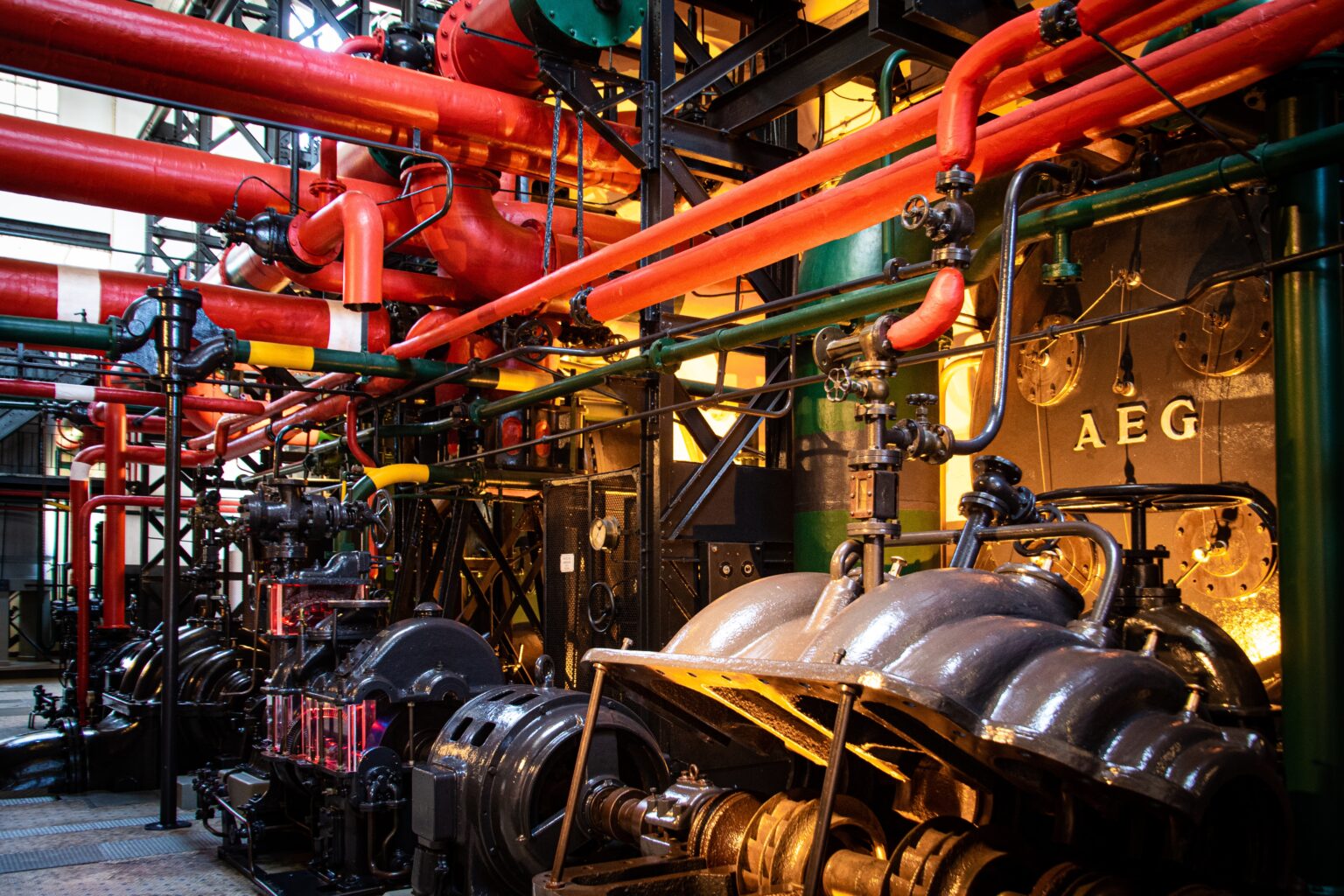
The Top Fuel Companies Powering the World
You know those massive oil companies that seem to dominate the news and shape global politics? Yeah, those guys. The truth is, whether you realize it or not, they power pretty much everything in your daily life. From the gas in your car to the plastic in your phone to the asphalt on the roads, the world’s largest fuel companies produce the energy and materials that make modern life possible.
Love them or hate them, these fuel companies are titans of industry for a reason. They generate trillions in revenue each year and employ hundreds of thousands of people across the globe. But they also wield an incredible amount of influence and are frequently criticized over their environmental and ethical practices.
This article will introduce you to the biggest players in the global fuel industry. We’ll look at how they rose to power, how they make their money, the resources and products they control, the controversies they’ve courted, and what the future may hold as the world transitions to more renewable energy. Buckle up – it’s going to be a wild ride into the heart of the fossil fuel empire.
Oil and Gas: Powering the World
When you think of the companies powering the modern world, two industries immediately come to mind: oil and gas. These fossil fuels have dominated the energy sector for decades and continue to fuel our vehicles, heat our homes, and power our lives.
The oil industry extracts and refines petroleum to produce fuels like gasoline, diesel, and jet fuel as well as other products like plastics. Major players include Saudi Aramco, Chevron, ExxonMobil, and BP. These oil giants essentially have a monopoly on the world’s oil reserves and production. Most oil comes from the Middle East, with Saudi Arabia and Iraq holding the majority of the world’s reserves.
The natural gas industry, on the other hand, focuses on extracting and distributing methane gas for heating and cooking as well as generating electricity. Key companies are Gazprom, Qatar Petroleum, ExxonMobil, and Chevron. Major gas reserves are located in Russia, Iran, Qatar, and the US.
While renewable energy sources are on the rise, oil and gas still provide over 60% of the world’s energy and are crucial for powering vehicles, aviation, shipping, and various industries. However, burning these fossil fuels also releases greenhouse gasses that contribute to climate change. Many countries and companies are working to reduce emissions by transitioning to cleaner energy and more sustainable practices over the coming decades.
The future of energy may be renewable, but today, oil and gas reign supreme. These powerful industries built the modern world as we know it and will continue to shape geopolitics and the environment for generations to come. Though the times are changing, oil and gas remain the fuels powering the world.
Conclusion
So there you have it, the major players providing the fuel that keeps the world running. While fossil fuels still dominate, the renewable energy sector is growing fast. As consumers, the choices we make in terms of the companies we support and the types of fuel we use can have a real impact. Every gallon of gas or kilowatt of energy matters.
By choosing companies investing in cleaner energy and new technologies, together we can all work to build a more sustainable future for our planet. The next time you fill up your tank or pay your power bill, keep in mind the impact of your dollars and cents. Our collective actions can change the world.







